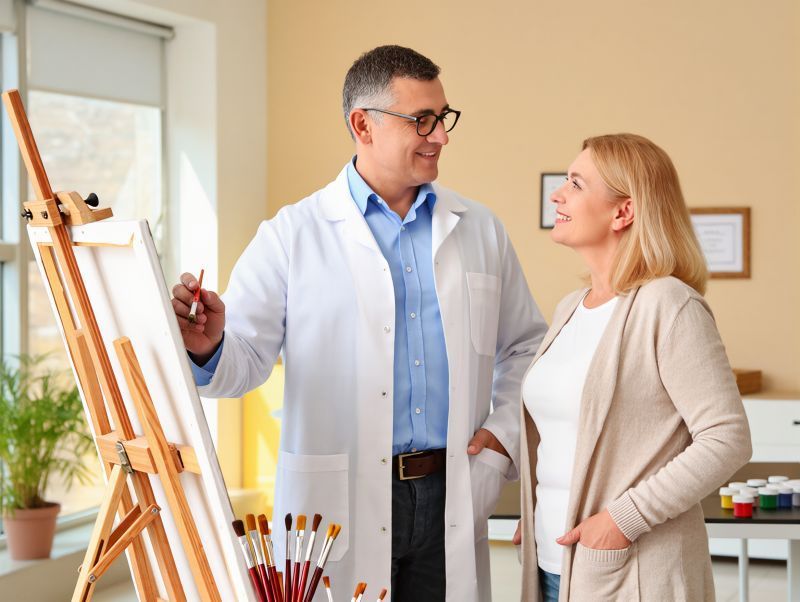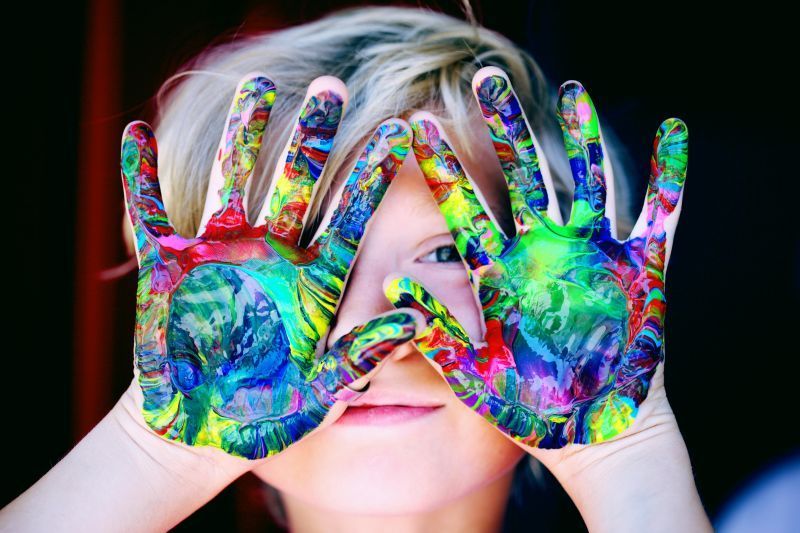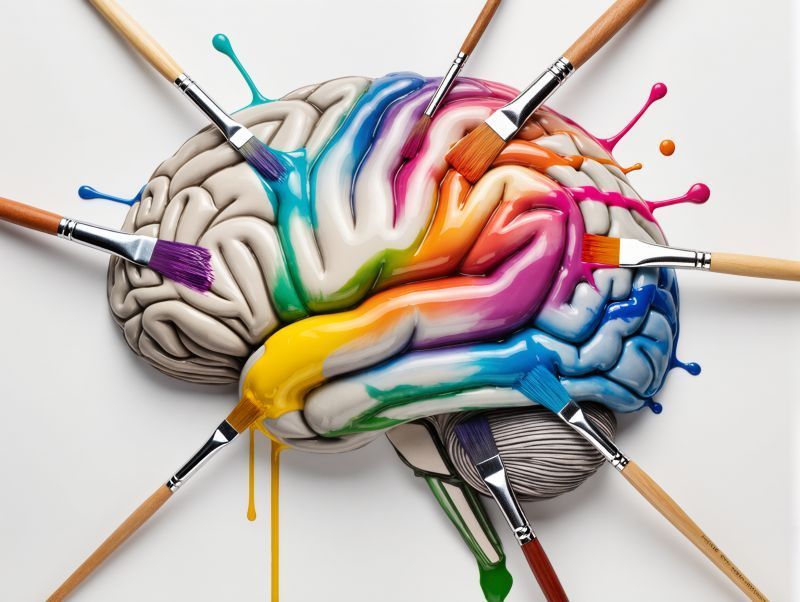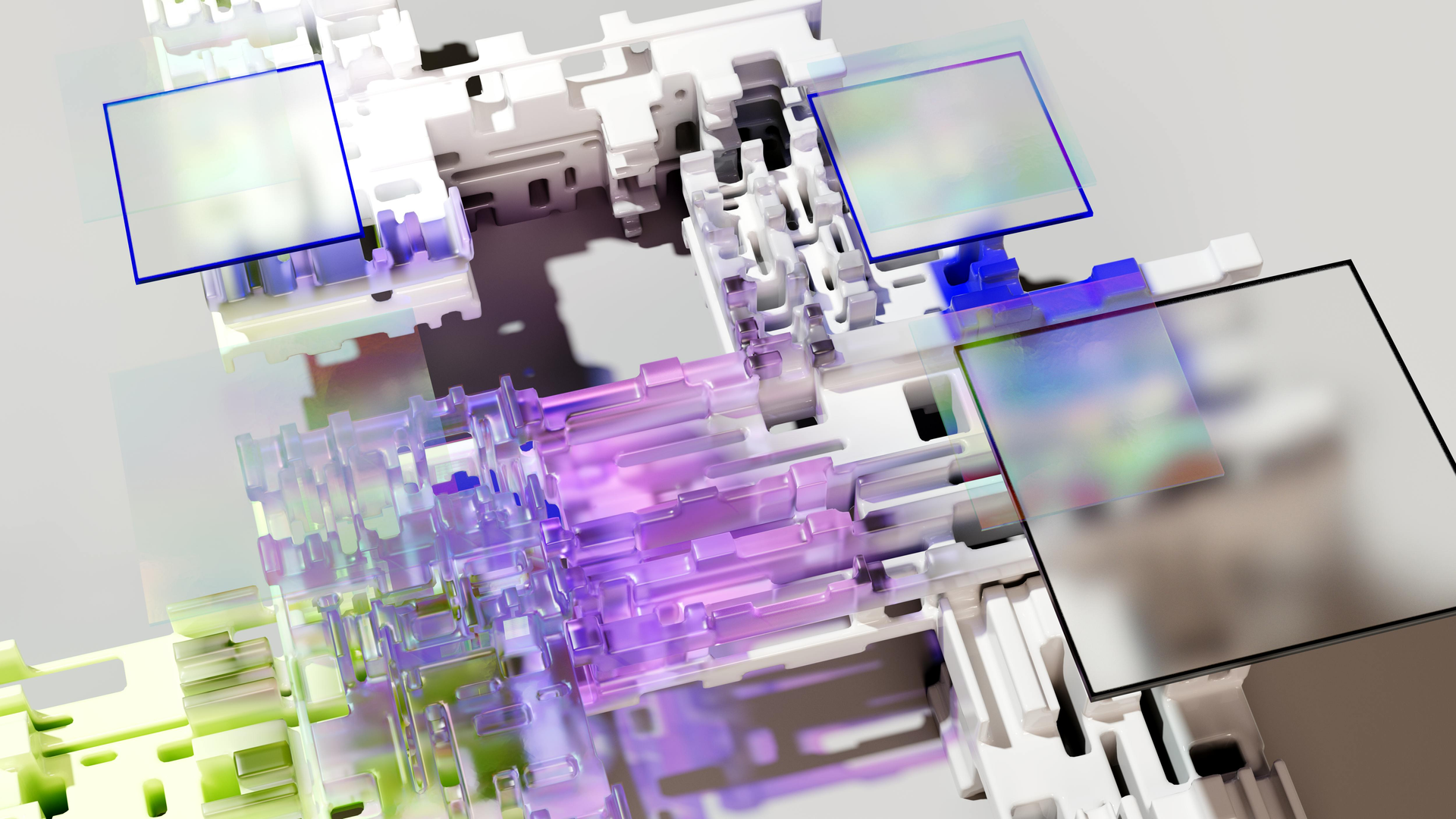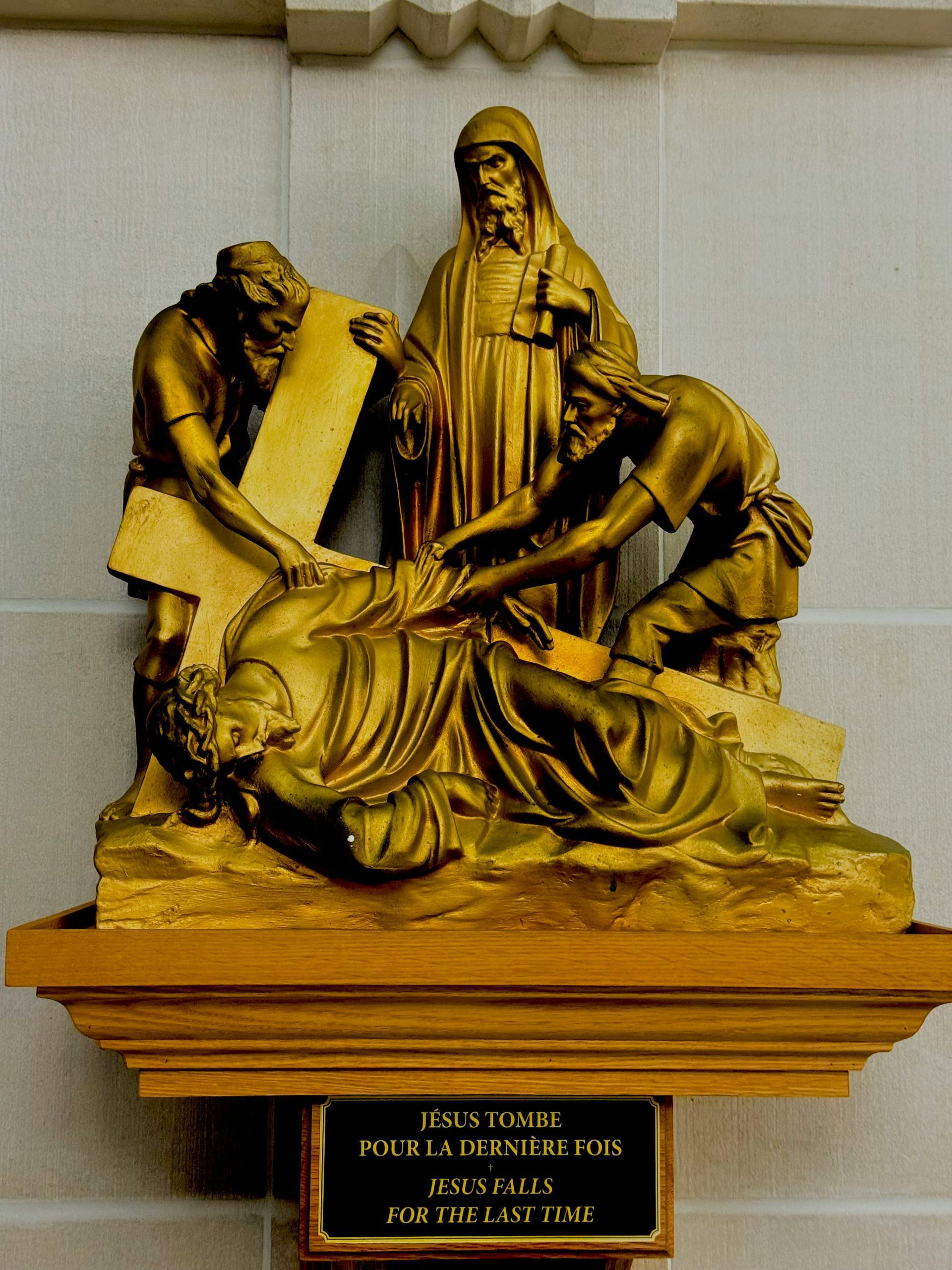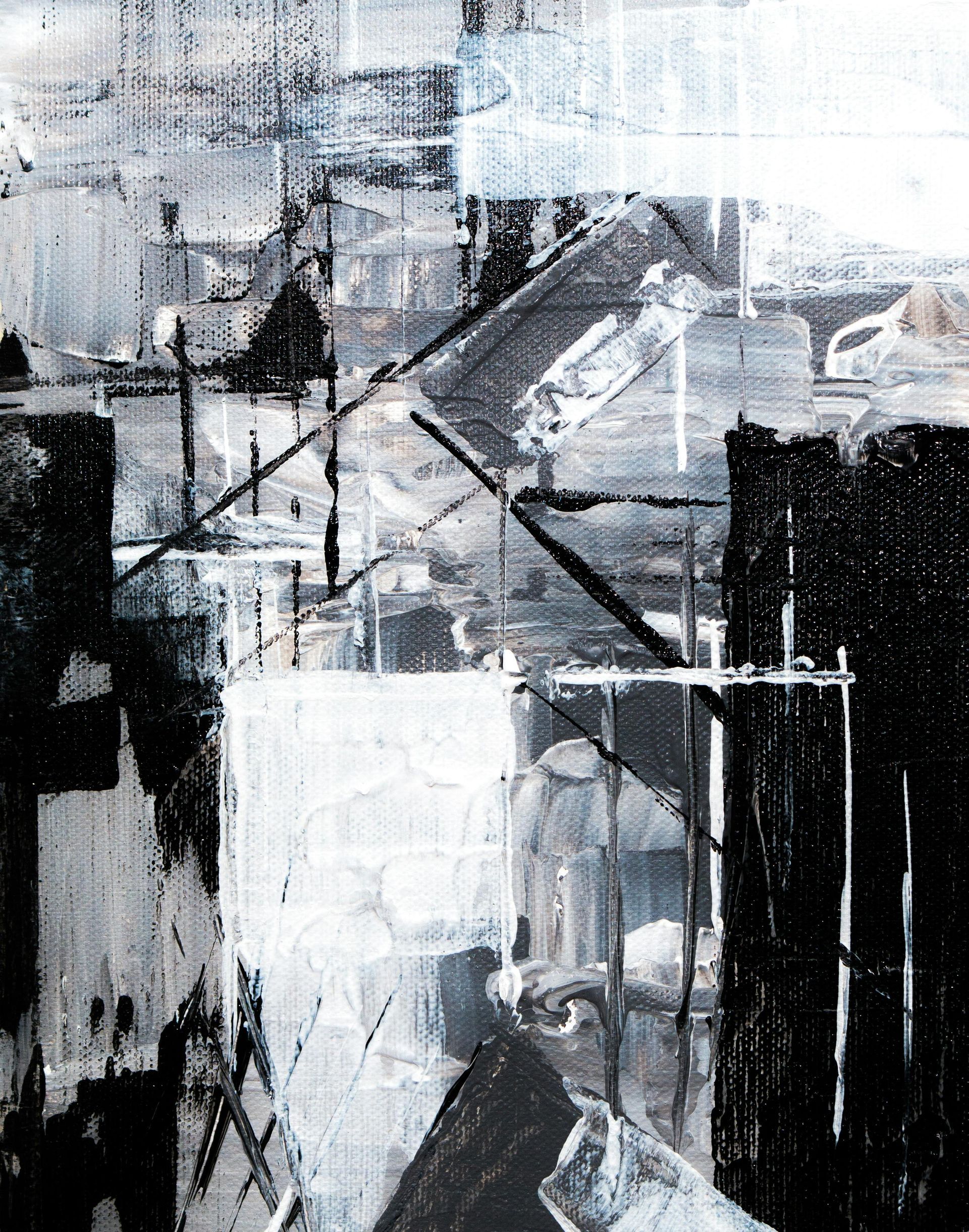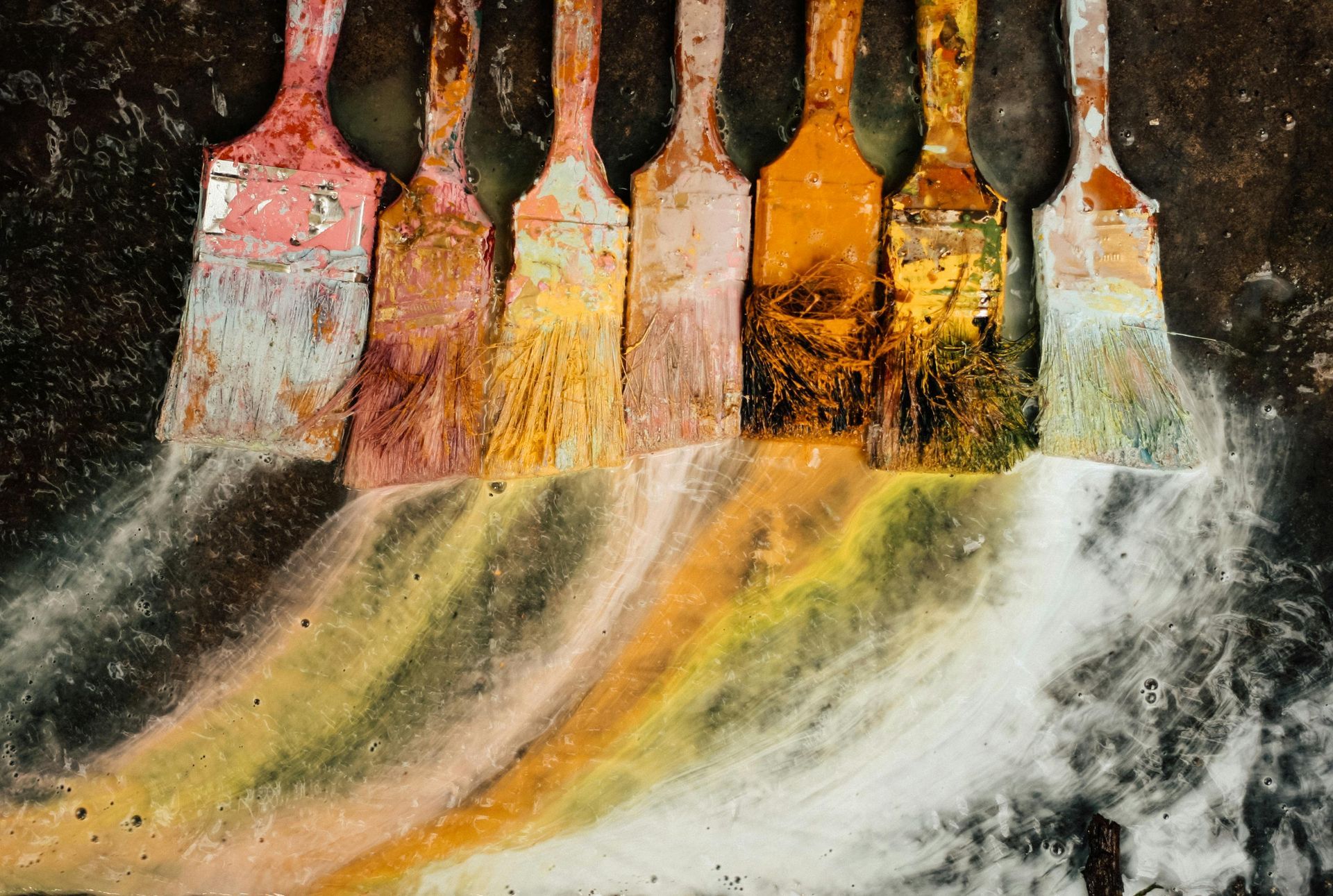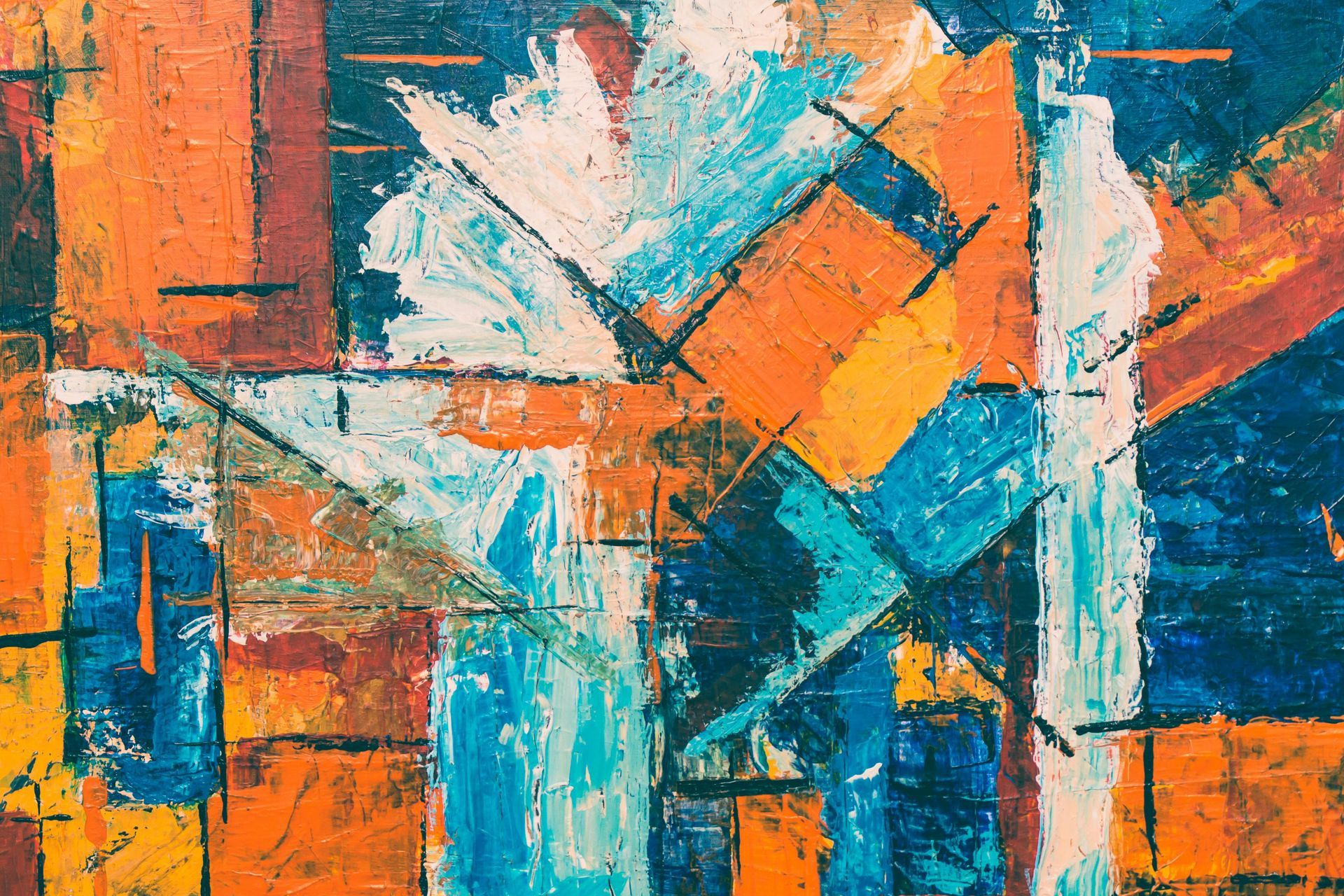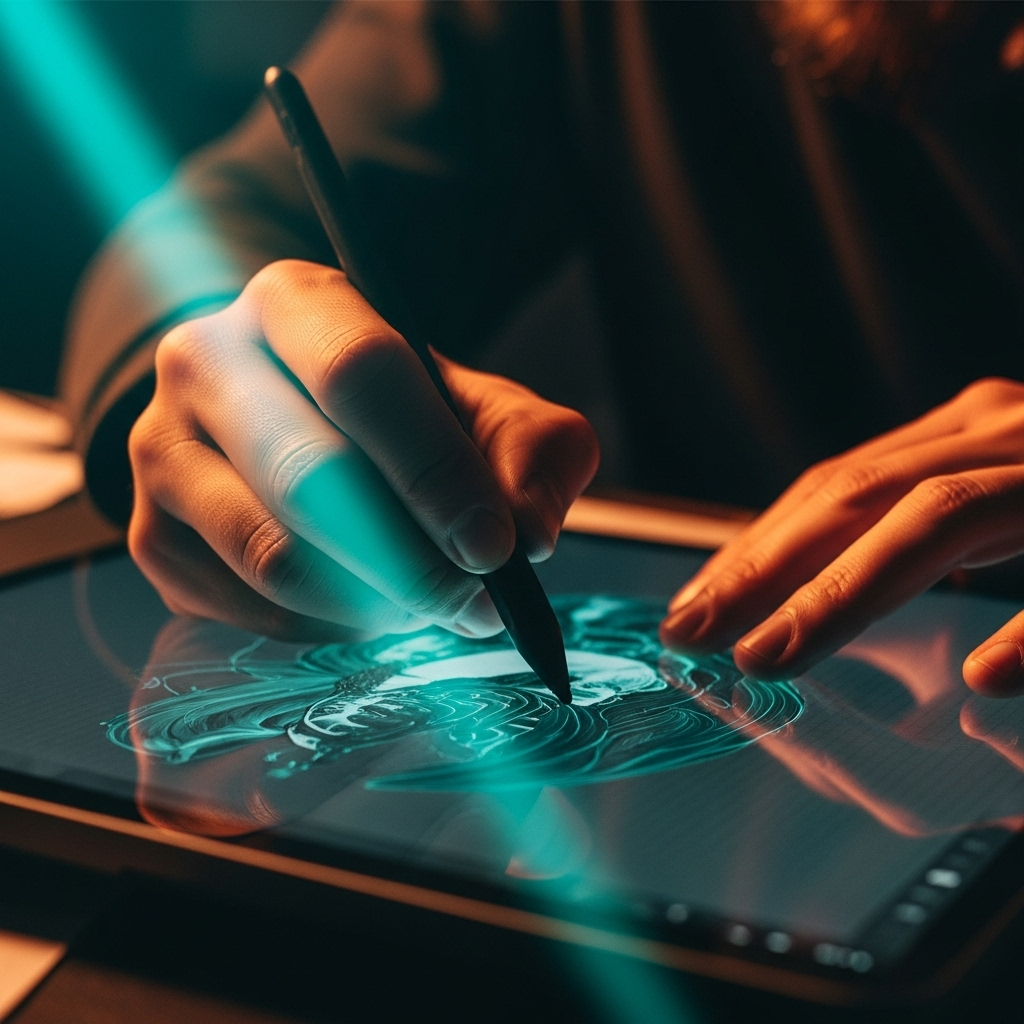The $562 Million Revolution Healing Minds Through Art
The $562 Million Secret Transforming Mental Health
While everyone debates AI solutions, a quiet revolution is rewriting healthcare. The art therapy market exploded from $331M to $562M by 2032—but that's not the shocking part.
Here's what will make you rethink healing:
🧠 73% reduction in anxiety/depression through art therapy
🎨 50% decrease in PTSD among veterans using paintbrushes vs pills
💡 77% reported improved psychological health after art sessions
The breakthrough that changes everything:
Mass General Brigham identified the brain circuit for creativity. When activated through art-making, it literally rewires neural pathways, creating new connections.
"Creativity doesn't map to a brain region but to specific circuits" - Dr. Michael Fox
Why the market explosion matters:
With 1 billion people suffering mental disorders, traditional treatments fail millions. Art therapy offers: no side effects, no addiction, no insurance battles—just profound transformation.
The extraordinary results:
- 85% reduction in prenatal depression
- 71% effectiveness in chronic pain
- 34% reduction in cancer patient fatigue
- The NeuroArts revolution is here.
Scientists prove we're literally wired for art. Creating releases the same neurotransmitters as falling in love or experiencing joy.
At Portraet, we witness this daily.
Our artists aren't just creating—they're healing, documenting journeys, proving creativity isn't luxury—it's medicine.

